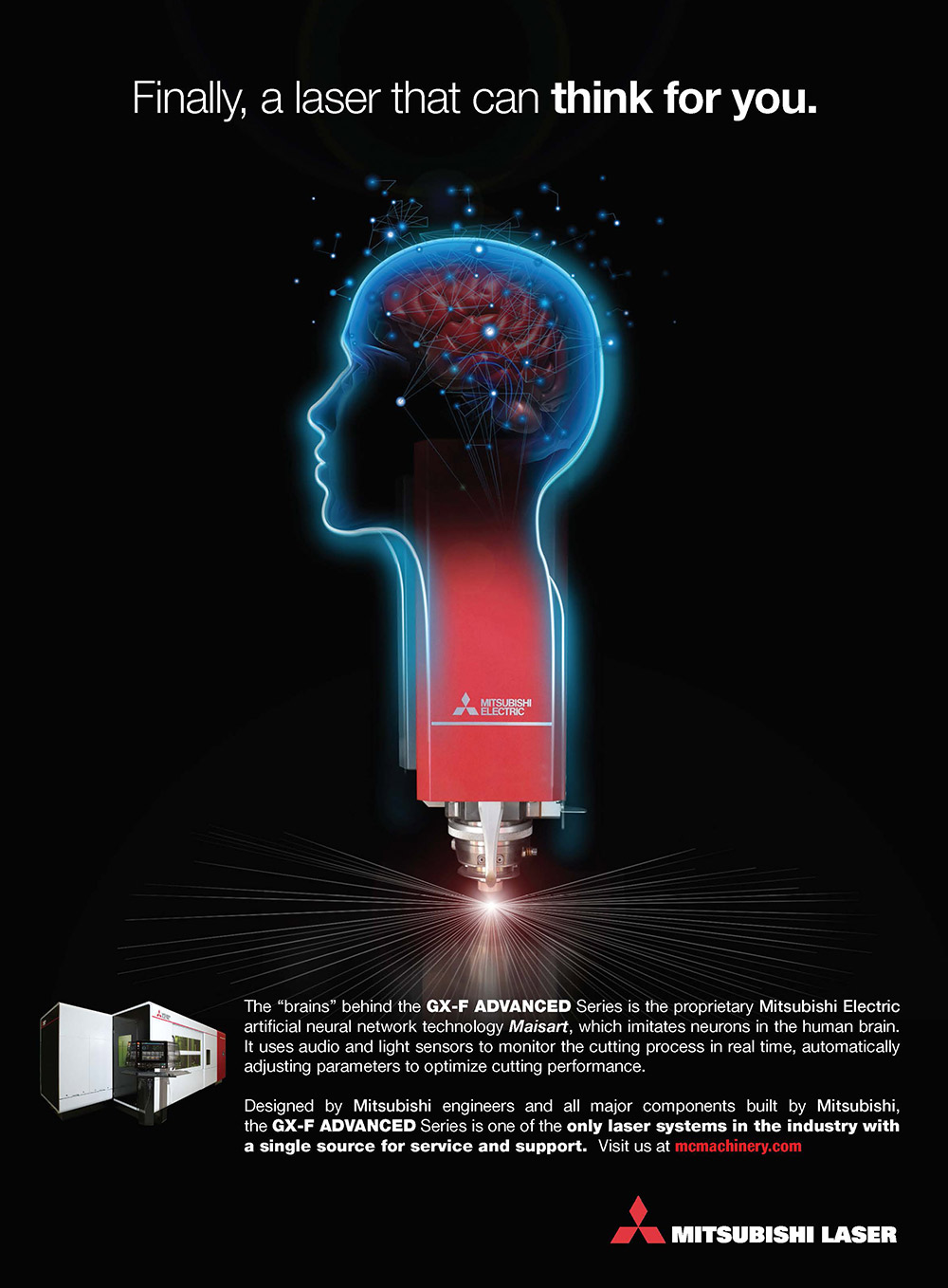
Why does demand for coil processing equipment continue to grow?
What are some options for companies looking to achieve advanced flatness?
How does that experience help your customers?
Do automatic features help with training?
In all cases, irrespective of the technology, there’s always a little bit of operator intervention. For example, if the operator realizes that certain material runs a better way with different settings, he can always save that in the system and have it to refer back to in the future.
What are some other ways coil line automation provides benefits?
If the operator walks away for any reason and doesn’t select one of the categories, that gets cataloged under operator inefficiency. There should always be a good reason to stop. Otherwise, the line should be running.
